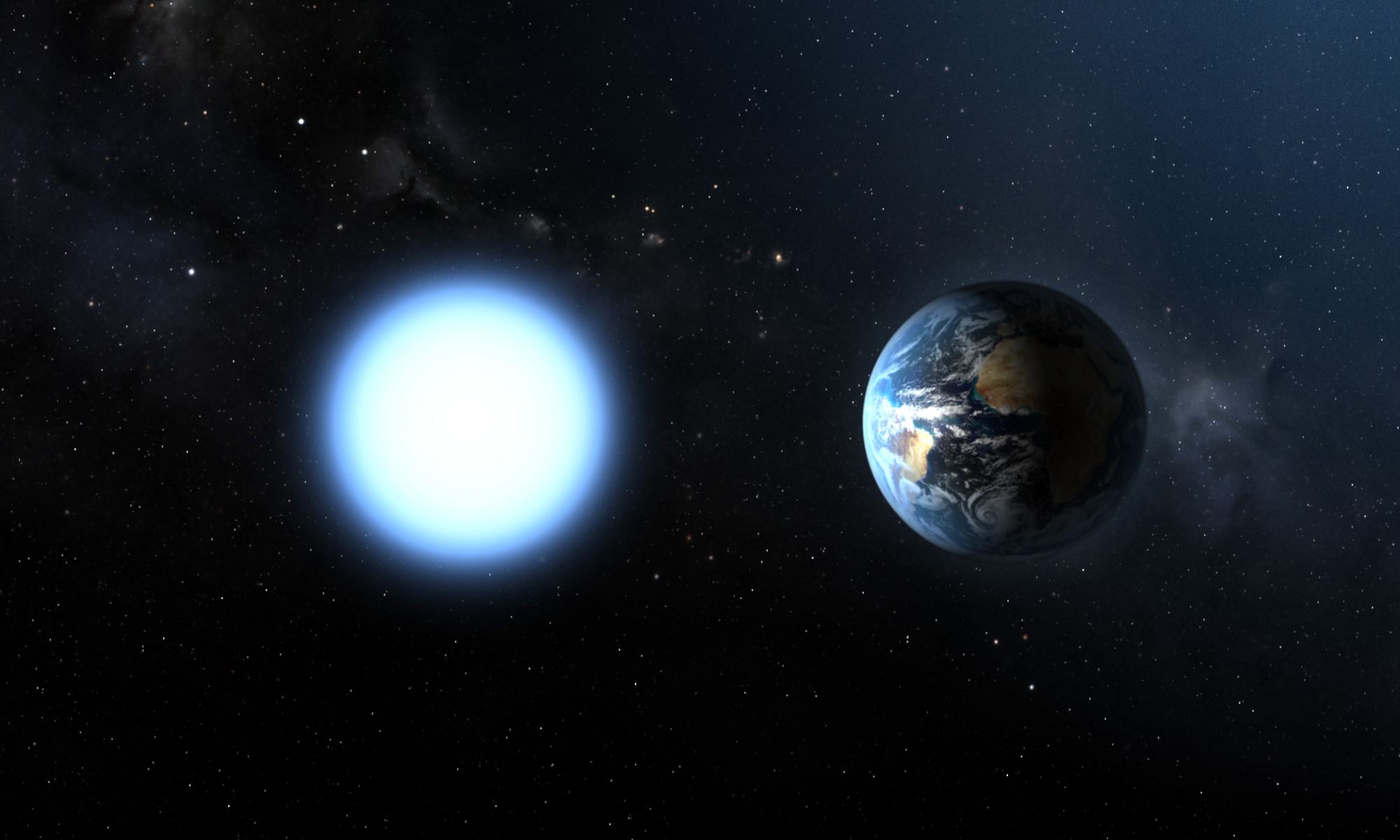As the search for dark matter particles continues to yield nothing, astronomers continue to look at ways these elusive particles might be found. One general method is to look for evidence of dark matter particle decay. Although dark matter doesn’t interact strongly with regular matter, some dark matter models predict that dark matter particles can interact with each other, causing them to decay into regular particles. There have been several searches for this effect, but there’s no clear evidence yet. But a new study suggests looking at white dwarfs could be a good approach.
White dwarfs are the dense remnants of dead stars. They have nearly a Sun’s worth of mass compressed into a sphere the size of Earth. White dwarfs are so dense it is the pressure of electrons that keeps them from collapsing. As the authors of this new study point out, white dwarfs have a perfect balance of being dense but not overly tiny like neutron stars. They are also very common throughout the Milky Way, giving astronomers plenty of options to study them.
For this reason, the authors argue that white dwarfs are perfect sources for dark matter decay. The high density of white dwarfs would tend to attract dark matter particle interactions, and the high surface gravity of white dwarfs would tend to capture dark matter particles over time. The particle decay from dark matter would tend to produce an excess of both heat and gamma rays, and since white dwarf physics is fairly well understood astronomers should be able to distinguish between normal and dark-matter enriched white dwarfs.

As an example of this, the team considered a simple white dwarf model comprised entirely of carbon-12. They then considered dark matter capture for three particle models, with light, intermediate, and heavy masses. They then calculated the interaction cross-sections between dark matter particles and the nucleons of regular matter in the white dwarf. From this, they determined the observational constraints of dark matter based on current observations.
There isn’t any evidence of dark matter decay thus far, but the authors suggest that a direct study of individual white dwarf stars could reveal dark matter. White dwarfs near the center of the Milky Way, or those in nearby globular clusters could be particularly good candidates.
So nothing yet, but as astronomers continue to search for dark matter, checking out some white dwarfs looking for excess gamma-rays could be a good option.
Reference: Acevedo, Javier F., Rebecca K. Leane, and Lillian Santos-Olmsted. “Milky Way White Dwarfs as Sub-GeV to Multi-TeV Dark Matter Detectors.” arXiv preprint arXiv:2309.10843 (2023).

